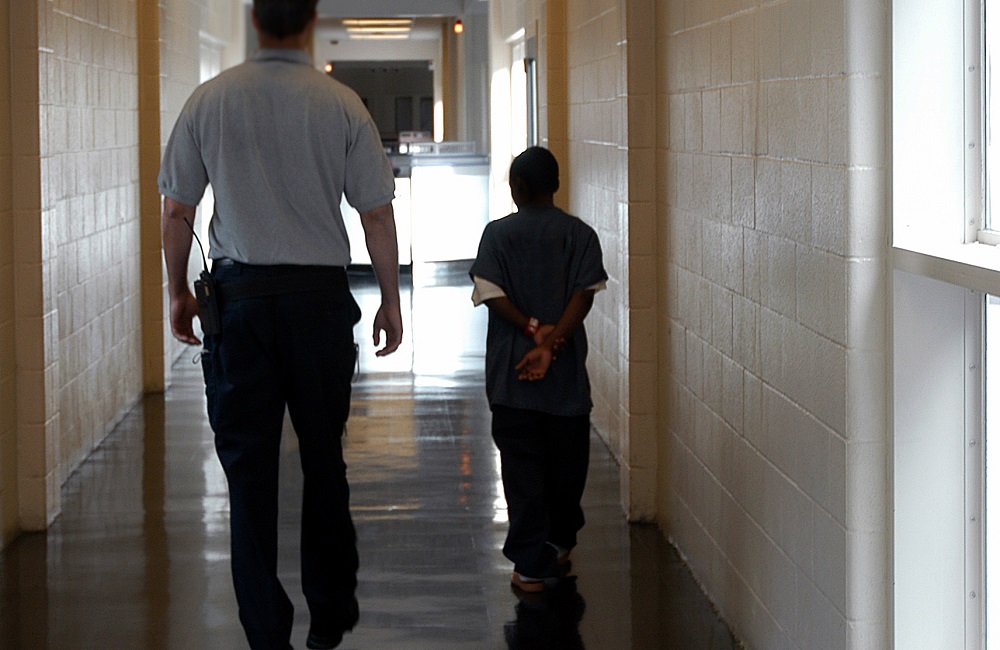Juvenile justice systems across the country are experiencing an unprecedented staffing crisis, which jeopardizes the safety and well-being of employees in the system and the youth in their care.
We recently conducted a survey of juvenile justice agencies on their staff hiring and retention challenges. Over 200 individual state and local juvenile corrections and probation agencies representing 37 states and over 190 counties reported that they are facing greater staffing difficulties than at any time in the past 10 years. And it’s not only government agencies that are dealing with staff shortages — 85% of agencies reported that their community-based service providers are also facing moderate to severe staffing challenges.
The impacts are staggering. Three-quarters of survey respondents voiced concerns about the effect these shortages have on the quality of youth supervision, service availability, and agency adherence to best practices. In our work with juvenile justice systems across the country, we frequently hear reports of long wait lists for youth to receive services and youth being stuck for months in secure detention facilities because of a lack of viable community-based or long-term residential alternatives.
Juvenile arrests have been declining for over 30 years, a trend magnified by the pandemic. Violent crime has consistently comprised less than 10% of all juvenile arrests. Yet, in part due to a post-COVID rise in select offenses such as gun possession in some places, policymakers in several states have recently enacted punitive juvenile justice policies, including making it easier to detain and incarcerate more young people.
These policies are being passed despite decades of evidence showing that incarceration is generally a costly, ineffective public safety strategy. And they’re being enacted even though so many juvenile facilities are woefully understaffed and unequipped to protect even the basic safety of the youth they serve and the staff they employ.
Perhaps the most striking finding from our national survey is that less than 10% of respondents felt that their state has a clear strategy to address the staffing crises facing their systems.
We call on state and local leaders to see both the staffing challenges and their concerns about youth crime as an opportunity — not for punitive or reactive, short-term measures — but to transform and strengthen the front-line workforce that systems have charged with protecting community safety and improving outcomes for the highest-risk adolescents in their communities.
In too many jurisdictions, system leaders have given scant attention to the juvenile justice workforce. Staff are undervalued, overworked and lack the training and support needed to do their jobs effectively. Indeed, many public agencies and providers report losing staff to fast food restaurants because the pay and working conditions are markedly better.
To reverse this trend, jurisdictions should professionalize the juvenile justice workforce. They can do this by raising the level of qualifications and pay commensurate with the skills and expertise needed to work with adolescents who have the most intensive, complex risks and needs.
States and counties should also explore creating credentialing systems for juvenile justice professionals and providers, similar to how jurisdictions have established dedicated education and certification pipelines for teachers. Such efforts should include partnerships across the juvenile justice and other youth and family service systems so public agencies are coordinating on their staffing and service delivery strategies rather than competing for the same limited pool of professionals and providers.
And to retain staff effectively, juvenile justice agencies should be required to establish robust training, mentoring and wellness programs, and staff should receive at least annual pay raises to keep up with inflation.
It’s a precarious time for juvenile justice systems and the young people they serve. As state and local leaders consider how best to respond to the staffing crisis, strengthening the juvenile justice workforce stands as one of the most needed and impactful strategies for not only stabilizing the system but for promoting improved community safety and youth outcomes. It’s time to reimagine the juvenile justice workforce and create a brighter future for our most vulnerable youth and the staff who support them.
***
This opinion column was co-authored by Megan Quattlebaum, director of The Council of State Governments Justice Center; Michael Umpierre, director, Center for Juvenile Justice Reform at Georgetown University; Myrinda Schweitzer, executive director, University of Cincinnati Corrections Institute; Mike Dempsey, executive director, Council of Juvenile Justice Administrators; and Veronica Cunningham, executive director, American Probation and Parole Association.
































